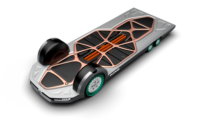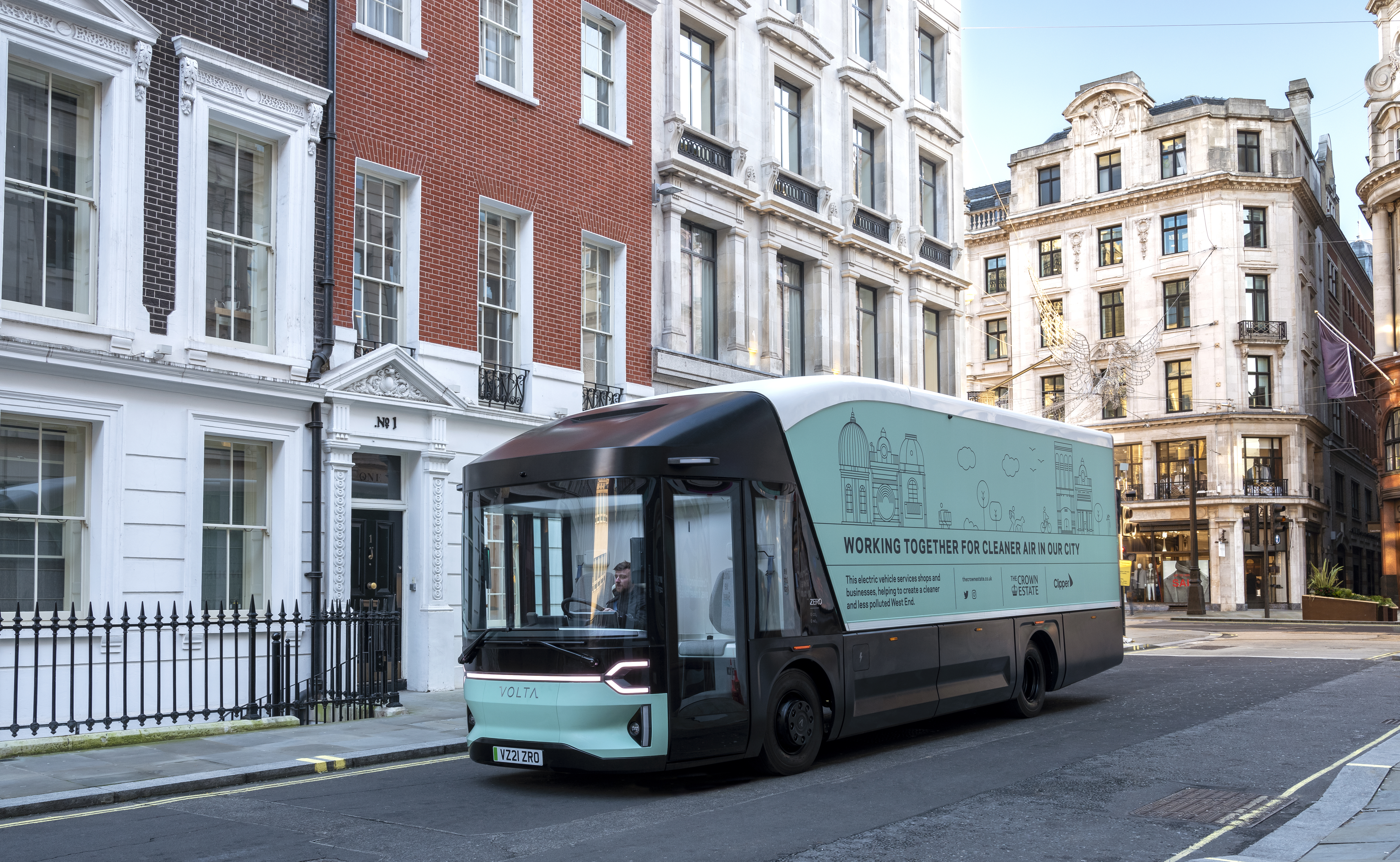AUSTIN, TX—REE Automotive Ltd. plans to open an integration center here where it will assemble its modular EV platforms. The company’s REEcorner technology packs traditional drive components, such as braking, control, power train, steering and suspension, into a single compact module between the chassis and the wheel, using x-by-wire technology for steering, driving and braking.
This innovation has enabled REE to develop a modular, fully-flat skateboard chassis with more room for passengers, cargo and batteries that it claims is highly adaptable to a variety of vehicle configurations and applications. EV platforms using REEcorners are agnostic to vehicle size and design, power source and driving mode, which enables new mobility players get to market faster at a fraction of the cost.
“Establishing our U.S. headquarters in Austin positions us for growth and rapid expansion,” says Daniel Barel, CEO of REE. “Our U.S. presence will allow us to capitalize on the incredible opportunities in the market and put us closer to our North American-based customers and partners, including Magna International Inc. and JB Poindexter & Co., as we work together to develop and deliver modular EVs.
According to Barel, REE intends to tap into a global network of Tier One partners’ manufacturing capacity, with full point-of-sale component assembly and testing set to take place in REE’s Integration Centers. “[We] expect this manufacturing process to significantly reduce capital expenditures and increase [our] global presence and market share,” he explains.
“[Our] CapEx-light manufacturing approach and integration centers are designed to enable the company to remain a comparatively asset-light enterprise, helping to increase operating margins and ROI, and reduce the carbon footprint of [our] operations,” claims Barel.
“[Our] integration center will be designed to be fully modular and scalable to ensure t[we] achieve projected production volumes,” adds Michael Charlton, chief operating officer of REE. “The state-of-the-art [facility] will utilize automation, including automated guided vehicles, for the optimal movement of assemblies, with the goal of increasing automation to Industry 4.0 technology [levels] and beyond.”






